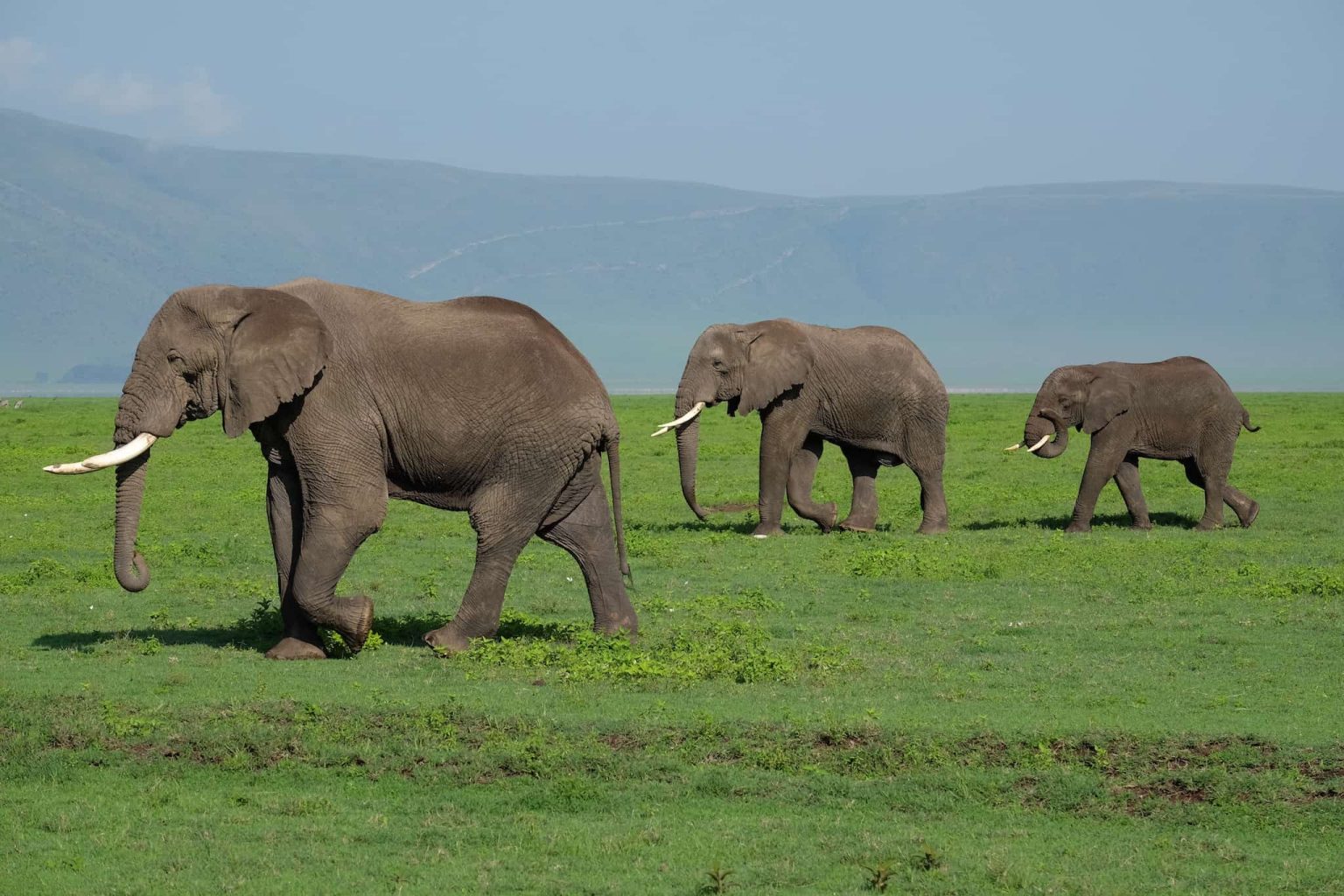Animal tourism has long been a popular choice for travelers seeking unique and exciting experiences with wildlife. From thrilling wildlife safaris to captivating encounters with marine creatures, the allure of interacting with animals in their natural habitats or captivity has captured the imagination of many. However, beneath the surface of this booming industry lies a complex web of ethical concerns and environmental impacts that demand our attention. It is crucial to delve deeper into the impact of animal tourism on the animals involved, exploring the negative effects on their welfare and the wider ecological consequences. By shedding light on these issues, we can foster a greater understanding of the importance of responsible and ethical practices in animal tourism and work towards a more sustainable future for both animals and humans alike.
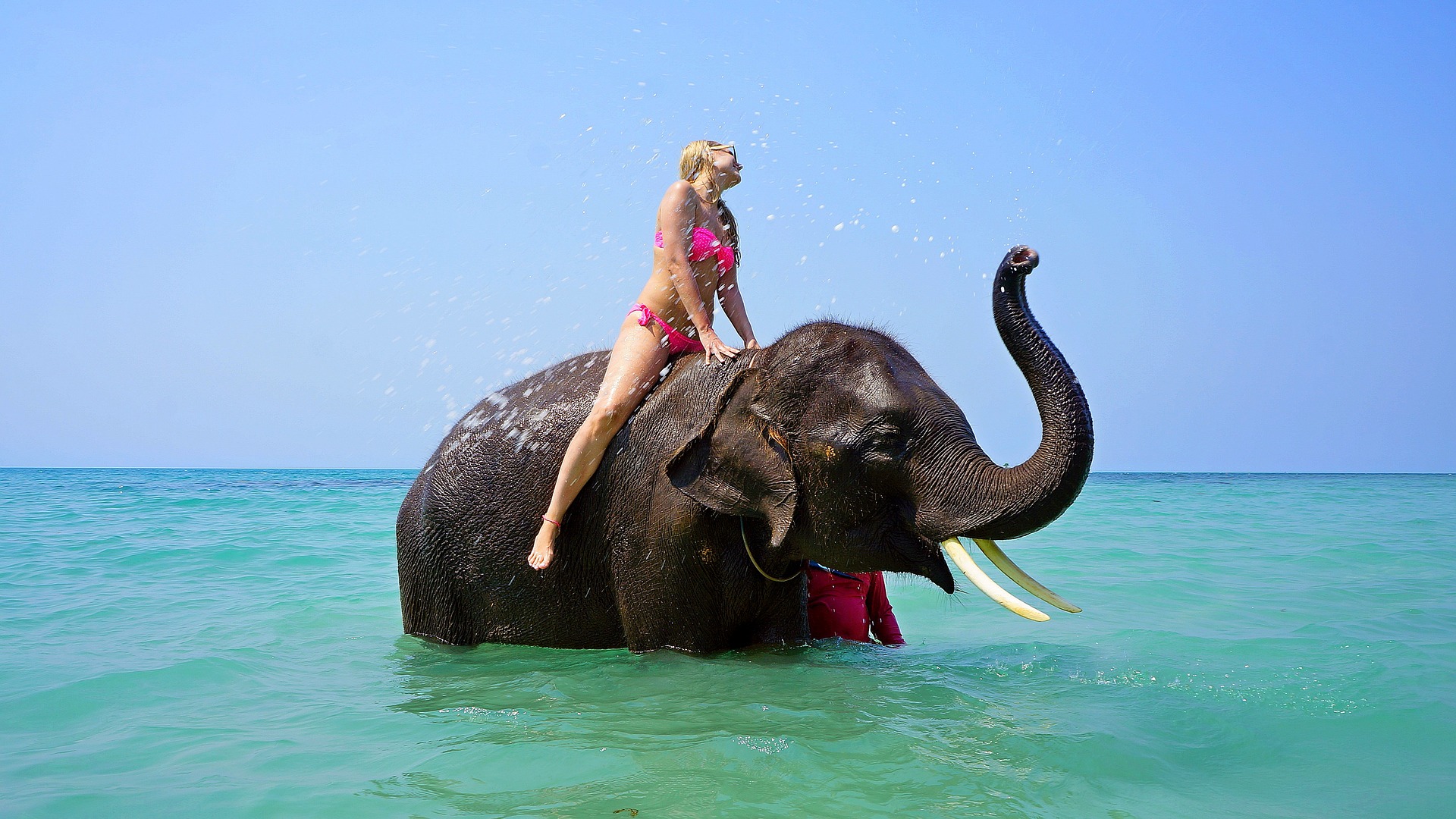
Types of Animal Tourism
Animal tourism encompasses a wide range of activities that offer travelers the chance to interact with animals. While some experiences aim to provide educational opportunities and promote conservation efforts, others prioritize entertainment and profit over animal welfare. It is essential to understand the various types of animal tourism to grasp the diverse ways in which animals are impacted.
Wildlife Safaris and Tours
Wildlife safaris and tours are among the most popular forms of animal tourism. They allow visitors to observe and appreciate wild animals in their natural habitats. Safaris can take place in national parks, game reserves, or private conservancies, offering glimpses of majestic creatures such as lions, elephants, giraffes, and rhinos. When conducted responsibly, wildlife safaris can contribute to local economies and conservation efforts. However, there are concerns regarding the disturbance caused by large numbers of vehicles and tourists, which can stress animals and disrupt their natural behavior.
Marine Parks and Aquariums
Marine parks and aquariums offer opportunities for visitors to view and interact with marine life, including dolphins, whales, sharks, and sea turtles. While these establishments often claim to prioritize education and conservation, there are ethical considerations surrounding the confinement of marine animals in artificial environments. Captive dolphins and whales, in particular, are subjected to intensive training and forced performances, raising concerns about their welfare and the ethical implications of their captivity. The practice of capturing wild marine animals for display in these facilities further contributes to ecological disruption and threatens wild populations.
Elephant Rides and Interactions
Elephant rides and interactions are prevalent in certain regions, particularly in Southeast Asia. Tourists are enticed by the opportunity to ride elephants or watch them perform tricks. However, these activities come at a high cost to the well-being of the elephants involved. The process of training elephants for rides often involves cruel methods, such as physical punishment and the use of sharp tools. The captive conditions and repetitive activities can lead to physical and psychological distress for these intelligent and social animals.
Zoos and Animal Exhibitions
Zoos have long been a staple of animal tourism, providing visitors with the chance to see a wide variety of animals up close. While some modern zoos prioritize conservation, research, and education, others face criticism for confining animals in artificial habitats that fail to meet their natural needs. Concerns include limited space, restricted social interactions, and the stress caused by constant exposure to human spectators. It is important to distinguish between well-managed zoos that prioritize animal welfare and those that prioritize entertainment and profit.
Animal Selfies and Interactions
With the rise of social media and the desire for unique photo opportunities, animal selfies and interactions have become increasingly popular. These experiences often involve posing with exotic animals, such as tigers, monkeys, or sloths, and are typically offered in tourist hotspots. However, the animals involved are often subjected to stressful conditions, such as frequent handling, improper care, and the disruption of their natural behaviors. These activities can perpetuate the exploitation of animals for entertainment purposes and contribute to their physical and psychological harm.
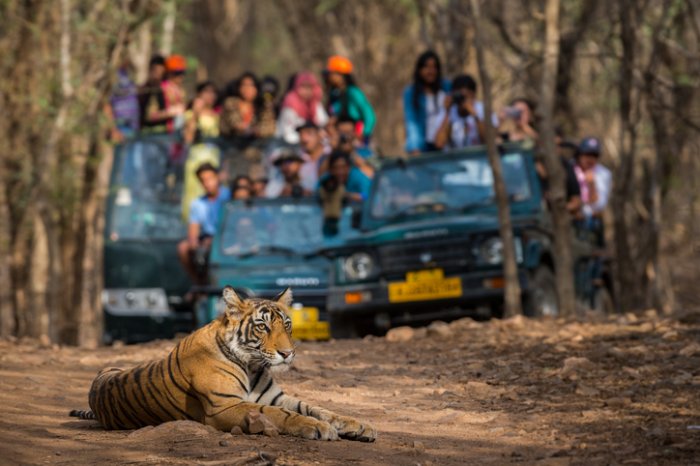
Negative Effects on Animal Welfare
Physical and Psychological Well-being
Animals involved in animal tourism often suffer significant negative impacts on their physical and psychological well-being. One of the primary concerns is the confinement of animals in small and unnatural enclosures, such as cages or tanks, which restrict their movement and hinder their ability to engage in natural behaviors. Captive animals may exhibit signs of stress, boredom, and frustration due to the lack of space and environmental enrichment.
Moreover, animals in tourist attractions are frequently exposed to large crowds, noise, and unfamiliar environments. These factors can cause immense stress and anxiety, disrupting their natural rhythms and leading to long-term health issues. For example, the constant presence of tourists can result in chronic stress for animals, affecting their immune systems and overall health. The stress of captivity and interaction with visitors can also manifest in abnormal behaviors, such as repetitive pacing, self-mutilation, or aggressive displays.
Exploitation and Abuse
In some instances of animal tourism, animals are subjected to exploitation and abuse for the sake of entertaining tourists. For performances or interactive experiences, animals are often subjected to harsh training methods, including physical punishment, to ensure their compliance and entertaining behavior. Behind the scenes, animals may endure cramped and unsanitary living conditions, inadequate veterinary care, and inadequate diets.
One particularly concerning aspect is the use of animals as props for photo opportunities. Whether it involves posing with a sedated tiger or holding a small primate for a selfie, these activities can involve substantial harm to the animals involved. Such practices often involve the separation of young animals from their mothers, denying them the crucial nurturing and socialization they require for proper development. Furthermore, the frequent handling and excessive exposure to humans can cause immense stress and pose a risk to both animal and human safety.
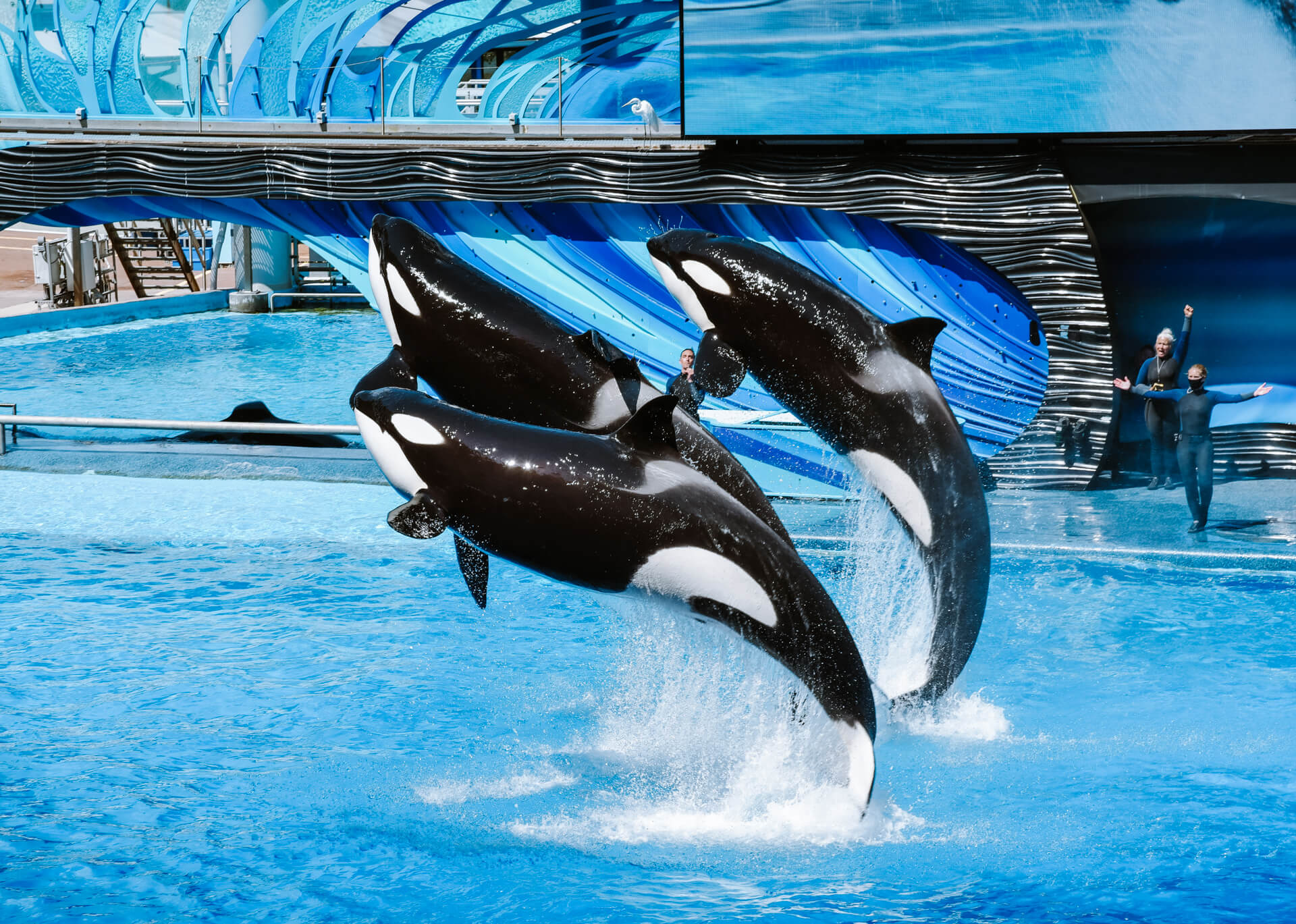
Conservation and Environmental Impact
Habitat Destruction
One of the significant concerns regarding animal tourism is its contribution to habitat destruction. The development of infrastructure to support tourism, such as hotels, roads, and visitor centers, often encroaches upon vital wildlife habitats. Forests are cleared, wetlands are drained, and natural landscapes are altered to accommodate the increasing influx of tourists. These actions result in the loss of critical habitats for many species, leading to fragmentation and reduced biodiversity.
Additionally, the demand for animal tourism can drive the illegal wildlife trade and poaching, as exotic species are often sought after for display in facilities or as souvenirs. The capture and removal of these animals from their natural habitats further disrupt ecosystems and contribute to the decline of endangered species.
Disruption of Natural Behavior
Animal tourism activities can disrupt the natural behaviors and patterns of animals, which can have long-term ecological consequences. For example, wildlife safaris that involve off-road driving or excessive noise can disturb animals during crucial feeding or mating times, affecting their reproductive success and overall population dynamics. The disruption of migration routes for marine animals, such as whales or sea turtles, due to boat traffic and noise pollution can hinder their ability to find food, mate, and navigate their natural habitats.
Furthermore, the interaction of animals with tourists can lead to habituation, where animals become overly reliant on human presence for food or protection. This dependency can have detrimental effects on their ability to survive in the wild and maintain natural behaviors. It can also result in increased human-wildlife conflicts as animals lose their fear of humans and venture into areas populated by humans, leading to negative encounters and potential harm to both animals and people.
Responsible Tourism and Ethical Alternatives
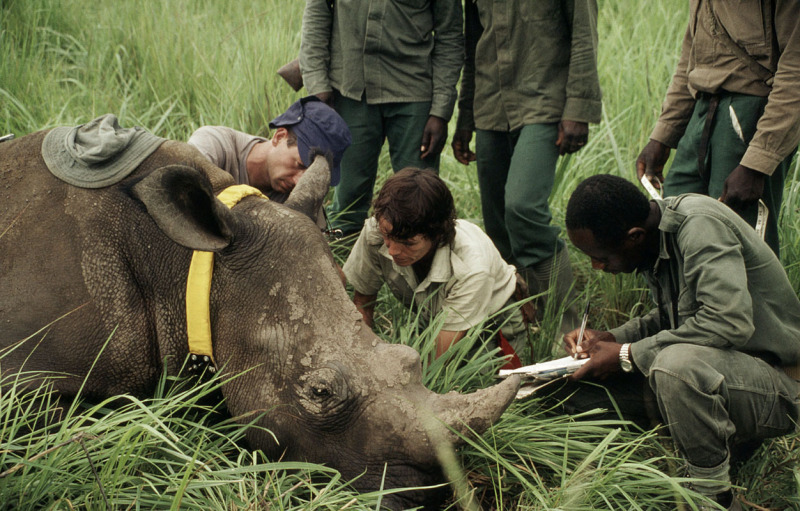
Encouraging Education and Awareness
One of the key aspects of promoting responsible animal tourism is educating tourists about the ethical considerations and impacts of their choices. Travelers should be provided with accurate information about the welfare of animals involved in various tourism activities and the potential environmental consequences. This education can be incorporated into travel itineraries, brochures, and online resources, emphasizing the importance of respecting and protecting animals in their natural habitats.
By fostering awareness, tourists can make informed decisions and opt for activities that prioritize animal welfare and conservation. Understanding the negative effects of certain practices, such as captive wildlife shows or elephant rides, can empower individuals to seek alternatives that align with their values.
Promoting Responsible Tour Operators
Supporting tour operators and facilities that prioritize animal welfare and conservation is crucial in driving positive change within the animal tourism industry. Responsible operators are committed to providing visitors with educational experiences that focus on observation and respect for animals in their natural habitats. They adhere to strict guidelines, ensuring that interactions are non-invasive and do not cause harm or stress to the animals.
Examples of ethical alternatives include wildlife sanctuaries and rehabilitation centers that rescue and provide a safe haven for animals. These sanctuaries prioritize the well-being and rehabilitation of animals, allowing visitors to observe them from a respectful distance while supporting their care and conservation efforts.
Responsible whale-watching tours are another example, as they offer an opportunity to appreciate these magnificent creatures in their natural environment while adhering to strict guidelines to minimize disturbance. Such tours promote education and awareness about marine conservation, emphasizing the importance of protecting and preserving these fragile ecosystems.
Supporting Conservation Initiatives
To make a tangible impact on animal welfare and conservation, supporting conservation organizations and initiatives is vital. These organizations work to protect and restore habitats, conduct research, and advocate for stronger regulations and laws regarding animal tourism.
Travelers can contribute by making donations, volunteering, or participating in community-based conservation projects. These initiatives not only help protect animal populations and their habitats but also provide opportunities for engagement and learning. By actively supporting conservation efforts, travelers can contribute to the long-term sustainability of wildlife and ecosystems.
Final Thoughts
The impact of animal tourism on animals is a complex issue that demands our attention and action. Responsible tourism practices and ethical alternatives are crucial to ensuring the well-being of animals and the preservation of biodiversity. By promoting education, supporting responsible tour operators, and contributing to conservation initiatives, we can make a positive difference and foster a more compassionate and sustainable approach to animal tourism. Ultimately, it is through our collective efforts that we can create a world where animals are treated with respect and can thrive in their natural habitats.


